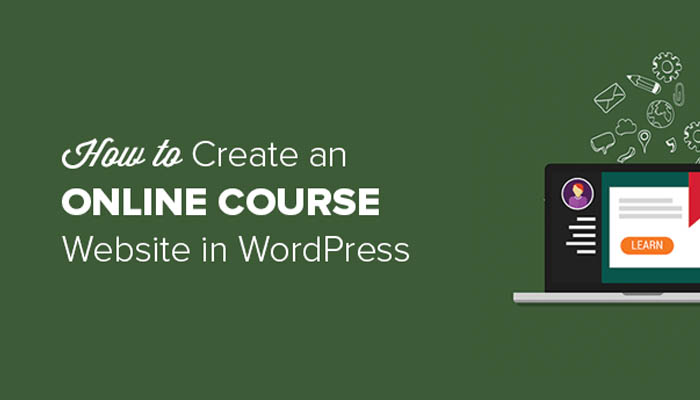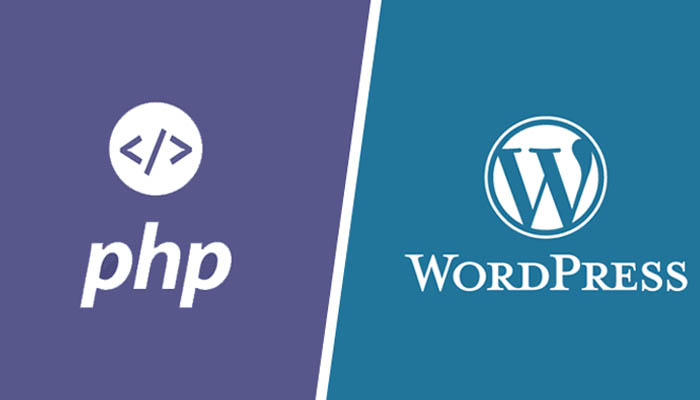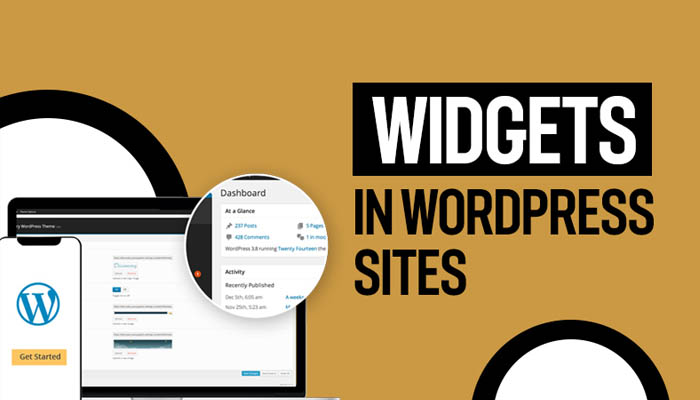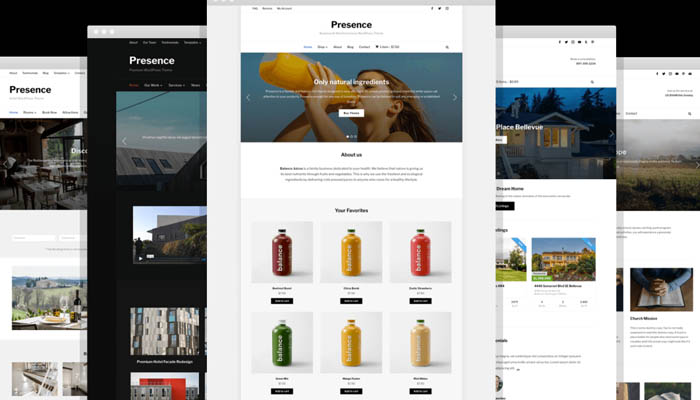
In the digital age, WordPress has become a dominant platform for building websites, thanks to its flexibility and user-friendly interface. However, to truly stand out, many developers and designers seek to create custom WordPress themes that reflect their unique vision and meet specific needs. Whether you are a beginner looking to break into web development or an experienced developer aiming to enhance your skills, enrolling in an online course dedicated to creating custom WordPress themes can be a game-changer. This article explores various aspects of such a course, outlining the key areas you can expect to learn and the benefits of mastering custom theme development.

1. Introduction to WordPress Theme Development
The first step in learning how to create custom WordPress themes is to understand the fundamentals of WordPress theme development. This section of the course will typically cover the basic structure of a WordPress theme, including the essential files and directories, such as style.css, index.php, and functions.php. You’ll also learn about the WordPress Template Hierarchy, which dictates how different pages and templates are loaded by the platform. Grasping these basics is crucial for anyone looking to build a solid foundation in theme development.
2. HTML, CSS, and JavaScript for WordPress
Creating custom WordPress themes requires a good understanding of front-end technologies like HTML, CSS, and JavaScript. In this part of the course, you’ll dive into how these technologies are used to structure, style, and add interactivity to your themes. You’ll learn how to create responsive layouts, customize typography, and implement interactive elements using JavaScript. By mastering these skills, you can ensure that your custom themes are not only visually appealing but also user-friendly and responsive across different devices.

3. PHP for WordPress
WordPress is built on PHP, so a solid grasp of this programming language is essential for custom theme development. This course section will guide you through the basics of PHP, specifically as it applies to WordPress. You’ll learn how to create custom templates, add dynamic content, and interact with the WordPress database. Understanding PHP will enable you to create themes that are not only functional but also dynamic, allowing for personalized content and enhanced user experiences.
4. Customizing the WordPress Loop
The WordPress Loop is a powerful feature that allows developers to display content dynamically based on various criteria. In this part of the course, you’ll learn how to customize the Loop to create unique layouts and content displays. Whether you want to show posts from a specific category, create custom post types, or display content in a particular order, mastering the Loop is key to building versatile and engaging themes.
5. Working with WordPress Hooks
Hooks are an essential part of WordPress development, allowing you to modify or extend the functionality of your theme without altering core files. This section of the course will introduce you to the concept of actions and filters, the two types of hooks in WordPress. You’ll learn how to use hooks to add custom features, modify existing functionalities, and create a more flexible and maintainable theme. Understanding hooks is crucial for developing themes that can be easily updated and customized.

6. Creating Custom Widgets and Shortcodes
Custom widgets and shortcodes are powerful tools that allow you to add unique features and content to your WordPress themes. In this part of the course, you’ll learn how to create your own widgets, which can be added to sidebars and other widgetized areas of your theme. You’ll also discover how to create shortcodes that allow users to add custom content to posts and pages with just a simple tag. These skills are invaluable for creating themes that offer a high level of customization and user engagement.
7. Theme Customizer and Settings API
The WordPress Theme Customizer and Settings API are tools that allow users to customize their themes through an intuitive interface. This section of the course will teach you how to integrate your custom theme with the Theme Customizer, enabling users to change colors, fonts, layouts, and other settings without touching the code. You’ll also learn how to use the Settings API to create custom options pages, giving users more control over the theme’s features and appearance. These tools are essential for creating themes that are both user-friendly and highly customizable.

8. Best Practices for WordPress Theme Development
Creating a custom WordPress theme is not just about functionality and design; it’s also about adhering to best practices that ensure your theme is secure, performant, and maintainable. In this final part of the course, you’ll learn about coding standards, security measures, and performance optimization techniques. You’ll also discover how to properly document your theme, making it easier for others (or even yourself) to maintain and update it in the future. Following best practices is crucial for creating high-quality themes that stand the test of time.

Conclusion
Creating custom WordPress themes opens up a world of possibilities for web developers and designers. By enrolling in an online course focused on theme development, you can gain the skills and knowledge needed to build unique, high-quality themes that stand out in the crowded WordPress marketplace. From understanding the basics of theme structure to mastering advanced customization techniques, such a course will equip you with the tools needed to turn your creative ideas into functional, user-friendly WordPress themes. Whether you’re looking to build themes for clients, sell them on marketplaces, or simply enhance your personal projects, mastering custom WordPress theme development is a valuable and rewarding endeavor.
